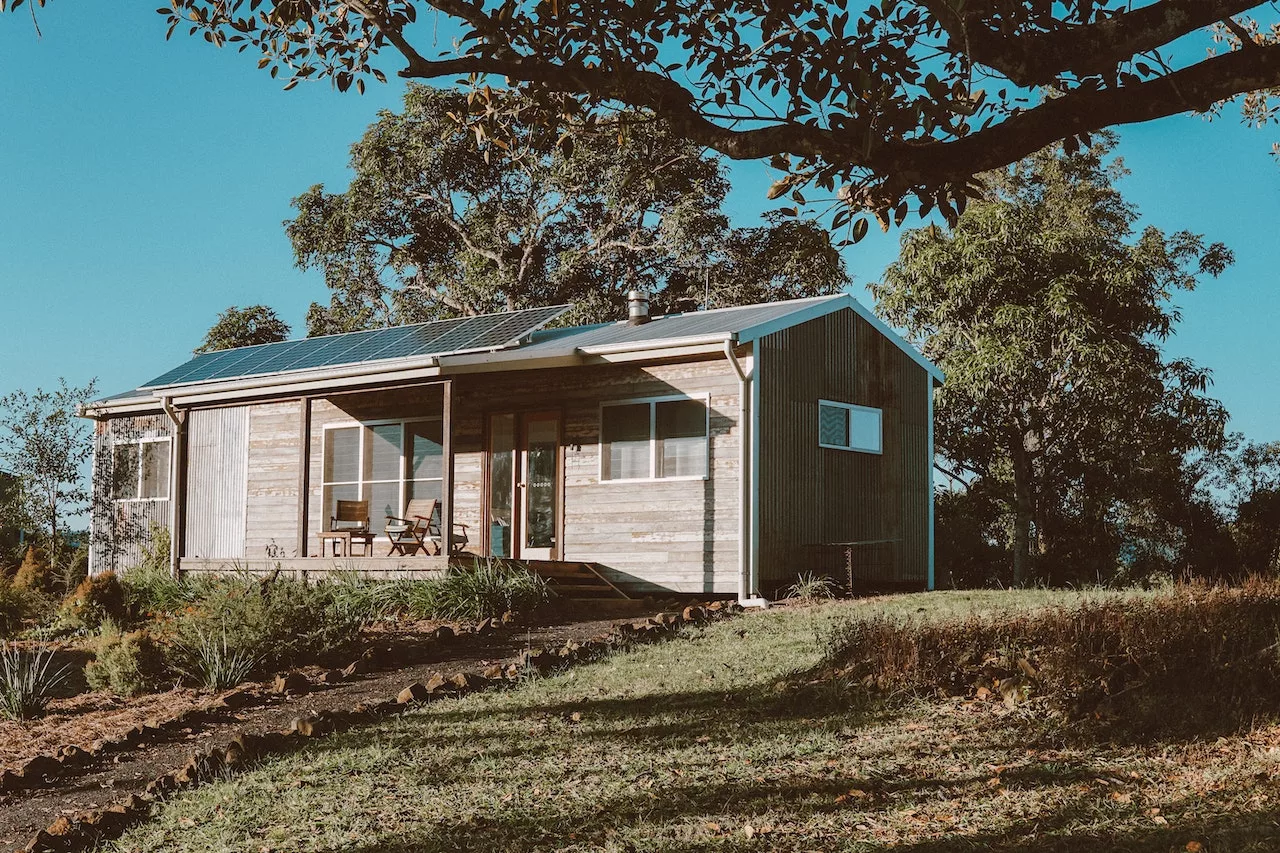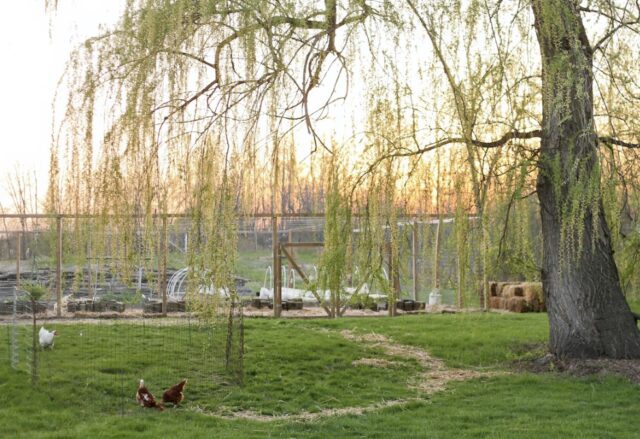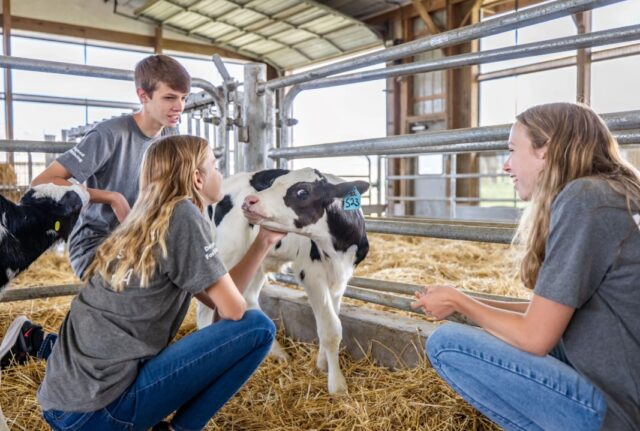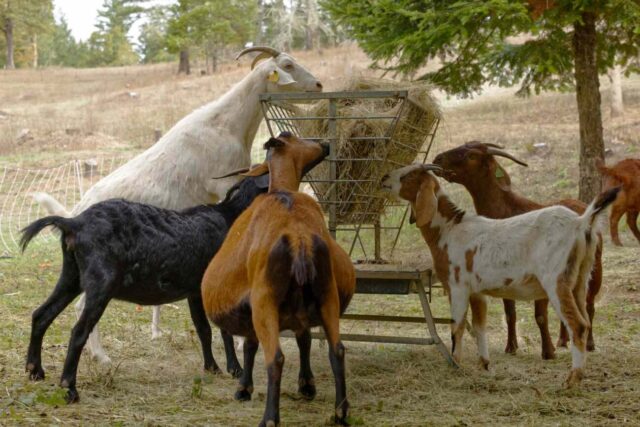
If the idea of planting your own food, raising animals, and living a little closer to the land has been living rent-free in your brain, you’re not alone. Something about the past few years has made people stop and think about what they really want ─ what actually matters. And for a growing number of folks, that looks a lot like stepping away from screens and noise, and leaning into simplicity, self-reliance, and homegrown tomatoes.
Homesteading isn’t just for the off-grid mountain types anymore. It’s becoming a real, reachable goal for people who’ve never planted a carrot or milked a goat. Even if you don’t have a barn or 20 acres, it’s possible to start small and build something real. If you’ve been dreaming of this lifestyle, there’s a strong argument that now is the time to start. Let’s break down why.
The World’s Changed ─ and So Have Priorities

People used to chase convenience above all else. Fast food, fast shipping, fast answers. But fast doesn’t always mean good. Over the last few years, we’ve seen what happens when supply chains snap or grocery store shelves go half-empty. It made people think: What if we could grow at least some of what we eat? What if we had a little more control?
That seed of doubt planted something else ─ an appreciation for slower living. A lifestyle that trades late-night scrolling for evening chores and sunrise coffee on the porch. Homesteading is not easy. It’s work. But for a lot of people, it’s the kind of work that feels worth doing. It keeps your hands moving and your mind clear.
And there’s peace in knowing your eggs came from hens you feed yourself, that your salad grew from your soil. You can’t fake that kind of satisfaction. In a world that often feels out of your hands, homesteading is something you can control.
You Don’t Need 100 Acres to Start Something Real
People often think they need a massive piece of land, a tractor, and generations of farming knowledge to start a homestead. That’s just not true. Some of the most impressive setups are happening on five acres, two acres, or even a large backyard. Raised beds, chickens, a beehive, maybe a greenhouse if you’re lucky—that’s a real homestead, even if your mailbox is still on a paved road.
The trick is starting with what you can manage. Pick one thing. Maybe it’s a few chickens for eggs. Maybe you dig out a vegetable garden and figure out how to keep the squirrels from stealing all your squash. Every small win adds up.
A llama farm might not be in your cards today, but who says it can’t be in five years? The important thing is not letting your dream sit on the shelf until you have the “perfect” setup. Start now, and let it grow.
How to Handle the Not-So-Instagram-Friendly Stuff

Let’s be real—there’s a part of homesteading that rarely makes it to your social feed. The dirty, smelly, inconvenient side. Animals get sick. Fencing breaks. Crops fail. You will sweat. You will probably swear. But this is where the difference between a daydream and a real homestead lives.
It helps to get familiar with what to have on hand for emergencies. Chickens, goats, cows—they’re all living creatures, and they come with responsibilities. So having the right tools is huge. You’re going to want livestock care supplies like pink eye spray, wound care and dewormers—even if you think your animals are healthy. These aren’t luxury extras. They’re part of doing the job right.
You’ll also want to read up on seasonal issues in your area. Heat waves, frozen troughs, surprise parasites—there’s no off-season when you’re caring for animals. But the flip side is you’ll gain confidence. You’ll know what to do when things go sideways, and that’s worth more than a million YouTube tutorials.
You Learn to Eat and Live With the Seasons Again
When you start growing your own food, even just a little, you stop thinking of produce in terms of store shelves. You think in terms of planting dates, frost warnings, and what’s actually growing outside your window.
You also get to know your food in a deeper way. A tomato from your garden isn’t just a tomato. It’s the one you watered in July, pruned in August, and sliced into a sandwich the minute it ripened. It makes dinner feel like an event. Even a potato tastes better when you dig it up yourself.
And your meals will start to reflect the season—strawberries in spring, zucchini in summer, butternut squash in fall. It’s like having a personal calendar made out of food. This kind of shift reconnects you to the natural rhythm of life, the one most people forgot when takeout replaced dinner tables.
Kids, Partners, and Pets Thrive in It Too

Homesteading doesn’t have to be a solo thing. In fact, it’s better when it isn’t. Kids learn fast when they’re involved. Gathering eggs, weeding a bed, feeding the goats ─ it all teaches responsibility without feeling like a lecture. They grow up with dirt under their nails and a sense of pride you can’t buy.
Partners tend to get on board when they see how much better life can feel. Maybe one person likes planting and the other builds fences. Maybe one milks the goats while the other makes yogurt from the milk. Everyone finds their lane.
Even dogs seem to love the routine. They run, they herd, they nap in the sun. It’s not just a lifestyle—it’s a shift in how your whole household operates. It’s about choosing the kind of life you want to live, together.
The Wrap Up
There’s never going to be a perfect moment to start homesteading. But that’s the beauty of it ─ perfection isn’t the point. Showing up, getting your hands dirty, and building something slow and steady is what matters.
If you’ve been dreaming of a life that feels more rooted, more real, and more rewarding, the time to begin isn’t next year. It’s right now. Plant something. Raise something. Learn as you go. The homestead you’ve always wanted doesn’t start with a perfect plan. It starts with a shovel in the ground and a little faith.







